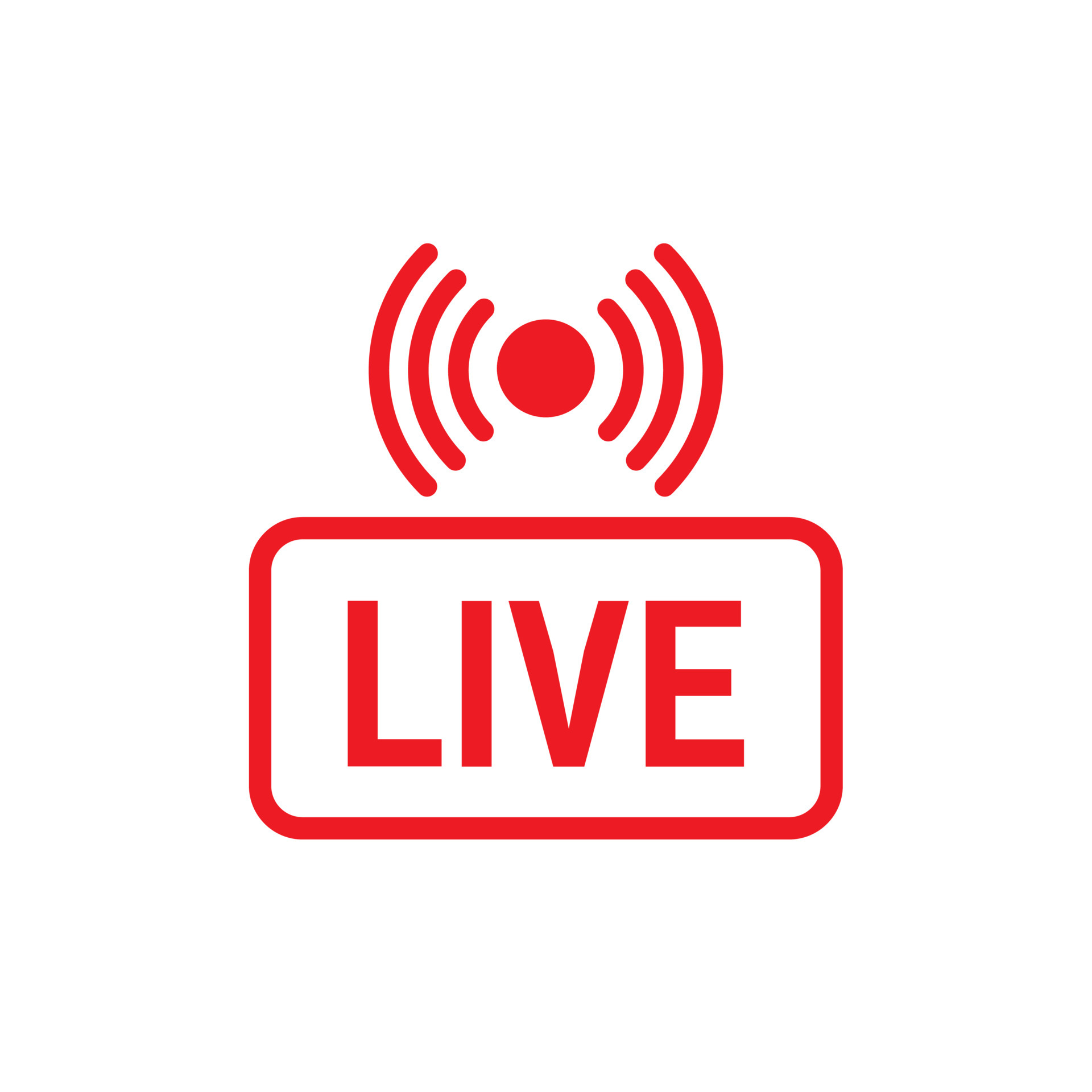Diagnosis of heart diseases and routine investigations
The different tests which can help diagnose the heart disease are:
Medical history
- Medical history is taken to know about the present and past conditions of the patient
- With the help of medical history, the diagnosis of heart diseases become easier
- Medical history tells about the chief complaint of the patient and family history of the patient
Check for signs and symptoms
- The obvious signs that are indicative of heart disease are looked for
- This may include:
- Swelling in legs
- Ascites
- Breathlessness
- Fatigability, etc
Blood test
- Blood tests are done to rule out any chance of diseases that might cause heart problems such as high cholesterol, infections, etc
Chest x-ray
- Chest x-ray may indicate collection of fluid in the lungs, which might be a result of heart disease
ECG (Electrocardiogram)
- ECG is a diagnostic tool that assesses electrical and muscular function of the heart.
- ECG detects the presence of any heart abnormalities that might cause heart problems
Echocardiogram
- Echocardiogram helps in assessing heart’s systolic and diastolic function, valvular heart disease, pulmonary artery pressure and pericardial diseases in patients who are suspected for heart disease
Stress test
- Stress test measures the health of the heart, as it responds to exertion
- Stress test along with EKG monitors the electric functioning of the heart
- Imaging stress test takes a picture to show the amount of blood flow in the heart
- Abnormal results are indicative of poor health or coronary heart disease
Cardiac CT scan
- Test done to visualize the heart’s anatomy and its circulation
- Cardiac CT tells about the calcium or blockage in the coronary artery
- Can be used to detect congenital heart diseases
MRI
- MRI is done to detect heart diseases and its function
- Can be used to detect:
- Pericarditis
- Congenital heart disease
- Coronary artery disease
- Heart failure
- Should be avoided in the presence of pacemaker
- Cardiac MRI can be used to evaluate:
- Anatomy and function of the heart and blood vessels
- Coronary artery disease
- Cardiac MRI can be helpful in diagnosing cardiac disease
- Can be helpful in planning treatment plan
- Helps in monitoring the progression
Coronary angiogram
- Done to rule out any coronary artery diseases
- Helps in planning future treatment plan
- Tells about the narrowed or blocked artery
Myocardial biopsy
- It is an invasive procedure to detect heart disease
- Can be for detecting rejection of donor’s heart following heart transplant
PET viability
- Positron Emission Tomography
- It is used to detect the damage caused on the heart after a heart attack
- Helps in determining further treatment plan
Thallium viability scan
- It is used to detect the blood flow to the heart
- Thallium scan checks for the viability of the heart muscles, the damaged heart muscles does not allow accumulation of thallium in it
Heart Surgery Guide is an Amazing and truly Epic Ahmedabad doctor written Guide to the Heart. Download the app – Heart Surgery Guide for your mobile phone or tablet today! The Epic guide was developed by Dr. Dhiren Shah at CIMS Hospital in Ahmedabad, rated by patients online as the best hospital in Ahmedabad and Gujarat.

